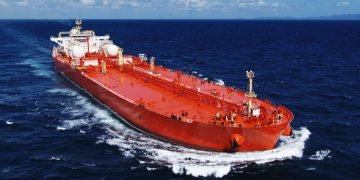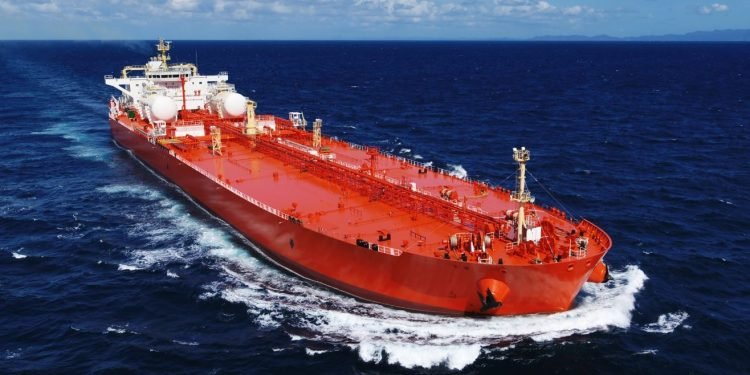Tanker owner AET has taken another step in its decarbonisation strategy, placing an order with Samsung Heavy Industries (SHI) for two LNG dual-fuel Suezmax tankers that will further green its crude and product fleet.
The newbuilds will be equipped with Everllence 6G70ME-C10.5-GI main engines, making them the first Suezmax units in the AET fleet capable of running on LNG as well as conventional fuel. With this order, AET will have dual-fuel capability across all its major tanker segments – aframax, shuttle tankers, Suezmax and VLCCs – reinforcing the company’s image as an early mover on cleaner propulsion. 
AET already operates 11 LNG dual-fuel vessels, a mix of owned and chartered tonnage, and has additional LNG-powered ships on charter from Singfar. The new Suezmax pair will take its dual-fuel fleet to 18 vessels once delivered, including three ammonia-ready ships currently under development.
Beyond the choice of fuel, the ships’ design shows how efficiency and emissions reduction now drive every detail of a newbuild project. The hull will feature a duct, rudder bulb and fins to optimise water flow and cut fuel consumption. A hybrid vertical bow helps reduce resistance at a wider range of speeds and sea conditions, while Variable Frequency Drive (VFD) systems allow more precise control of auxiliary equipment, trimming energy use in day-to-day operations. 
AET estimates that operating these tankers on LNG can reduce greenhouse gas emissions by roughly 14–23% on a well-to-wake basis compared with conventional marine fuels, while almost eliminating sulphur oxides and cutting particulates and nitrogen oxides. That improvement could grow over time if bio-LNG or e-LNG becomes commercially viable at scale, giving shipowners a pathway to deeper lifecycle cuts without redesigning the vessels. 
The company is also investing in ammonia dual-fuel concepts as part of a broader energy transition roadmap. Its head of decarbonisation recently underlined that lessons learned from the first ammonia-ready projects will be crucial in determining how quickly the next generation of alternative fuels can be deployed safely and profitably across the fleet. 
For AET chief executive Nick Potter, the Suezmax order is a signal to charterers that the company intends to align closely with their decarbonisation targets. Building a diversified, more efficient fleet, he argues, is not only a regulatory requirement but a commercial necessity as cargo owners face mounting pressure to track and reduce well-to-wake emissions through their entire supply chain.
For global logistics stakeholders, this deal shows how newbuilding strategies are now directly tied to climate commitments. Tanker fleets that adopt dual-fuel and efficiency technologies early will be better positioned to meet tightening IMO rules, regional carbon pricing and ESG expectations from banks and cargo owners — and to offer lower-emission shipping options on key crude and product routes.






















